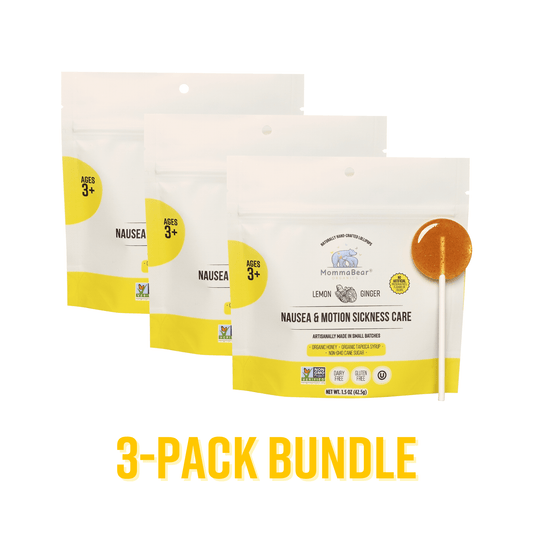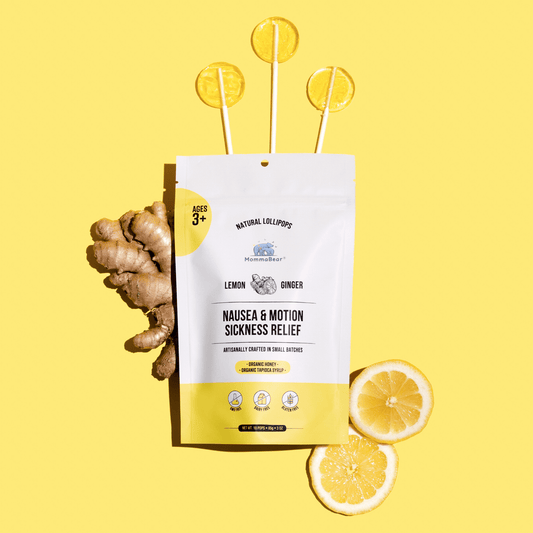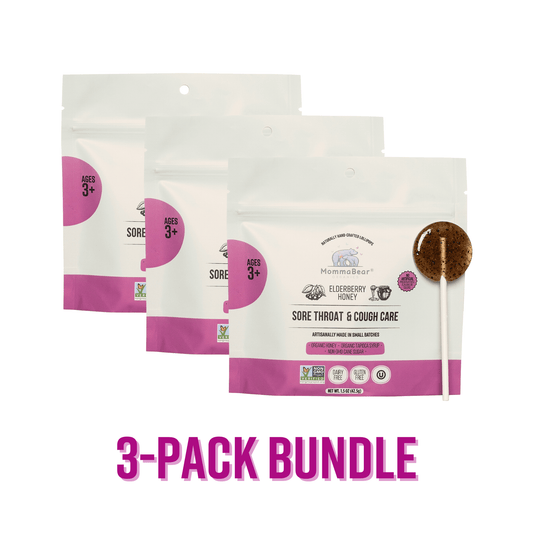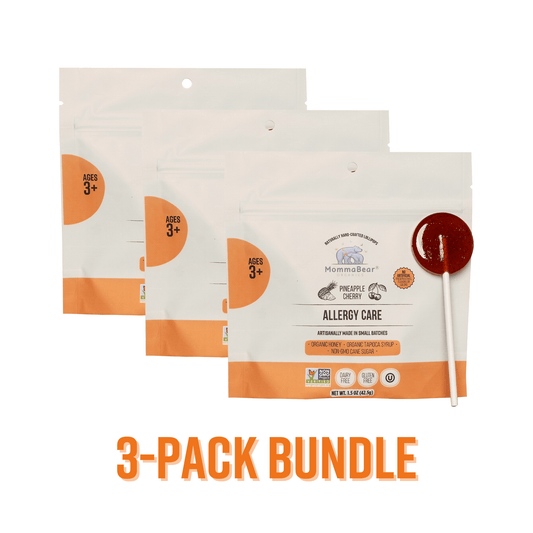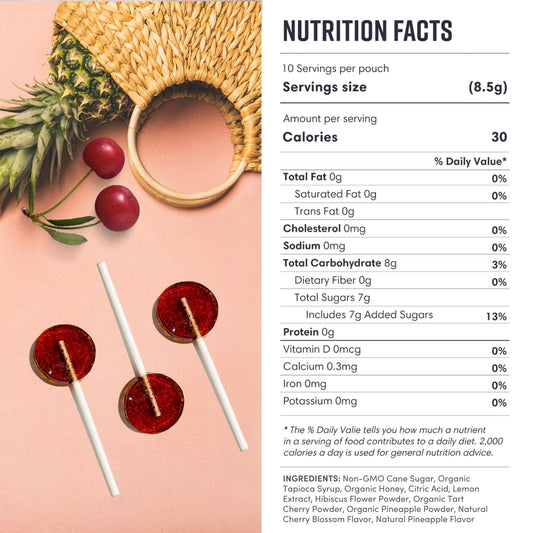Okay, so I totally overdid it at the gym yesterday, and today I can barely move. You know that feeling? It immediately starts the classic debate in my head: Do I need a cold pack? Or should I take a hot bath? This kind of therapy decision is key for recovery. I feel like I get different advice from everyone, and I always end up just guessing. It’s one of those simple things that feels like it should be easy, but I always second-guess myself. So I’ve been trying to actually figure it out. Like, for real this time. Here's what I've pieced together from my own trial and error, and a bit of late-night Googling when my back was aching. This journey is all about speeding up my recovery. Heat is for stiffness and old, achy pains. Think of it like a hug for your muscles when they’re just tight and grumpy. Not for a fresh problem. This therapy is for relaxation. Cold is for a new “ouch!” moment. Like when you twist something or it’s swollen and angry. It’s best right after it happens. And then there’s this thing called contrast therapy, where you switch between them. It sounds complicated, but it’s not, and it’s kind of amazing for general soreness and enhancing recovery. Here are some of the quick notes I've been making for myself:
-
Heat: A good 15–20 minutes. A heating pad or a warm bath is perfect. But definitely not for a new sprain.
-
Cold: 10–20 minutes max. And for the love of everything, wrap the cold pack in a towel! Don't just stick it right on your skin.
-
Contrast: A few minutes of heat, then a minute of cold, back and forth. This is an effective therapy. It really seems like when you do it is just as important as what therapy you do. It’s been a bit of a learning process.
Recover Faster! Using Hot and Cold Effectively
Heat Benefits for Muscle Recovery
I am a big fan of a hot bath. It’s my go-to for pretty much any kind of body ache. There's just something about sinking into warm water that makes everything feel better. And it turns out there’s actual science behind why it works.
How Heat Therapy Works
So, from what I understand, when you apply heat, it makes your blood vessels open up wider. This is the core of heat therapy. It’s like opening up a highway for your blood to flow better, bringing more oxygen and good stuff to your sore muscles. That extra blood flow helps everything relax and loosen up, which is critical for recovery. I read this quote that put it really simply: "When you warm up a sore joint or tired muscle, your blood vessels get bigger. This allows more blood, oxygen, and nutrients to be delivered to the injured tissues. Better circulation means more relaxation for those stiff muscles and joints." – Carolyn Sayre, Author So yeah, that’s why it feels so good. It’s not just in your head. It’s actually helping your muscles get what they need to stop being so tense. This kind of therapy is a common part of physical wellness plans.
Heat Therapy Methods
This is my usual lineup of what I use at home.
-
Heating Pads: My absolute best friend for when my lower back decides to act up. I can just stick it behind me on the couch. I’ve read you should keep this heat therapy between 104–113°F.
-
Hot Baths and Warm Water Immersion: This is for when my whole body just feels wrecked. Nothing beats a full-body soak. I saw somewhere that regular warm baths can ease pain by almost half for people with chronic stuff like arthritis. That's huge for long-term recovery.
-
Warm Compresses: Easy and fast if it’s just one small spot, like my neck. Just a wet towel, really.
-
Saunas: This feels like a luxury, but man, this heat gets deep into the muscles. You just have to listen to your body and not overdo this therapy.
-
Heat-Assisted Stretching: I’ve tried this a few times. Just putting a heating pad on my hamstrings for ten minutes before I stretch seems to make a real difference in how far I can go. It's a great complementary therapy.
Heat Therapy Safety Tips
Okay, so here are a few things I’ve had to learn, some the hard way.
-
Avoid Heat for Acute Issues: This is the big one. I used to think heat was always good, but now I know not to put it on a fresh issue that’s all swollen. You have to wait a couple of days, otherwise, you can actually make the swelling worse. This is a critical rule for this therapy.
-
Check the Temperature: It should feel nice and warm, not like it’s burning you. I once fell asleep with a heating pad on and woke up with a nasty red mark. Not fun. Getting one that turns off by itself is a good idea for this heat therapy.
-
Limit Session Duration: For a little ache, 15 minutes is usually enough. You don’t need to cook yourself for hours. Proper therapy duration is key.
-
Stay Hydrated: Especially if you're in a sauna or a long bath, you're sweating out water, so you gotta drink some more.
-
Consult a Professional: If you have other health stuff going on, like heart problems or diabetes, it’s probably a good idea to just check with a doctor first before starting this therapy.
Cold Water and Ice Benefits for Recovery
Cold therapy is what I always think of for an acute problem. Like in the movies, when someone gets hurt, someone else always yells, "Get a bag of ice!" And there’s a good reason for that.
How Cold Therapy Works
So, while heat opens up your blood vessels, cold does the exact opposite—it makes them shrink. This is really good for a new issue because it slows down the blood flow to that spot, which means less swelling and inflammation. It also kind of numbs the area, which is a nice bonus when it really hurts. Someone online put it well: "Cold therapy helps reduce inflammation. It's most helpful when used for acute problems and pain." – Healthline It’s all about damage control right at the beginning. If you can get a cold pack on something within the first day, it can make a huge difference in how swollen and painful it gets later on. This is a vital step for fast recovery. "Cold application reduces swelling and pain in acute problems by constricting blood vessels and inflammation." – Urban Ice Tribe I’ve definitely found that when I roll my ankle or something, applying ice right away makes the recovery so much faster.
Cold Therapy Methods
Here are the different ways I've tried to get cold on a sore spot.
-
Ice Packs and Cold Compresses: The classic. A bag of frozen peas works just as well. Just remember to wrap it in a towel. 15-20 minutes on, then give it a break. This is the most common cold therapy.
-
Cold Immersion (Ice Baths): Okay, I have tried this, and it is NOT for the faint of heart. It is shockingly chilly. But, I have to admit, after a really long run, it worked wonders on my sore legs. You only need to do it for like 10-15 minutes. These ice baths are a powerful therapy. There was some big review of studies that found it was way better for muscle soreness than just doing nothing.
-
Cold Showers: A more practical, less dramatic version of an ice bath. I've been trying to end my showers with 30 seconds under the chill. It definitely wakes you up. And I read this crazy study that said people who did this took almost 30% fewer sick days from work. Wild.
-
Whole-Body Cryotherapy (WBC): This is that thing where you stand in a chamber of super-cold air. I haven’t tried it, it seems a little intense for me, and I guess the research is still a bit mixed on whether it’s better than an ice bath. It's a very specialized therapy.
Cold Therapy Safety Tips
You do have to be careful with cold, too. It’s not totally risk-free. If you have any heart or circulation issues, you should definitely talk to a doctor first. Your personal health profile matters for this therapy. I’ve learned to start slow. Just a minute or two at first, and then build up. And listen to your body! If you start shivering like crazy or feel dizzy, get out. It’s not a competition. And after, just wrap up in a towel. Don't jump right into a hot shower, because that can be a shock to your system. And apparently, some expert from the Mayo Clinic said athletes probably shouldn’t do this therapy every single day because it might mess with long-term muscle growth and physical adaptation. So yeah, it's a tool for recovery, not a cure-all.
Combining Heat and Cold: What is Contrast Therapy?
And then there's this method that combines both, which I've just started learning about. It’s called contrast therapy, and it’s basically just switching back and forth between hot and cold. It sounds a little weird, but the logic behind this therapy is actually pretty cool. It creates this "pumping" action in your blood vessels—the heat opens them, the cold closes them. A doctor from the University of British Columbia explained that this process flushes out all the waste products, like lactic acid, from your muscles while bringing in fresh oxygen and nutrients. So you get the benefits of both, accelerating recovery. People say it helps them feel less sore and stiff, and I guess some studies back that up, saying it helps with swelling and healing.
What Is Contrast Therapy?
It's really just what it sounds like: alternating between warm and cold applications. This push-pull effect on your circulation is supposed to speed up recovery better than just using one or the other. It's an active form of recovery.
Contrast Therapy Protocols
Here's the general recipe I've found: you want the warm water to be around 95–113°F and the chilly water to be 50–59°F. You do about 3-4 minutes in the warm, then 1 minute in the chill. Keep repeating that for about 20 minutes. This completes one therapy session. And you should always end with the chill. That’s the key part for fighting inflammation.
Home Contrast Therapy Tips
You don’t need a fancy spa to do this therapy. You can just use two big buckets. One with warm water, one with ice water. A little thermometer can help you get the temperatures right, but you can also just go by feel—warm but not scalding, and chilly but not freezing. It’s a bit of an effort to set up, but for a really sore ankle or something, this therapy might be worth it.
Choosing the Right Method
So this is the big question, right? Heat, cold, or both? Which therapy is correct? It really just depends on what kind of pain it is and how long you've had it. I’ve read that for the best results for exercise recovery, you should try to do it within an hour after you exercise.
When to Use Heat
Heat is my go-to for old, nagging pains. The kind of stiffness that’s been around for a few days, or that you wake up with in the morning. It’s all about relaxing those tight, tired muscles. This is the primary goal of this heat therapy. I’ve found that heat is best for:
-
Muscle pain that just won't go away.
-
Joints that feel creaky and stiff.
-
Warming up before stretching or physical exercise.
-
That awful tension you get in your neck and shoulders.
-
Lower back pain that’s just a dull, constant ache. If it's a new problem, though, I wait a couple of days before I even think about using heat.
When to Use Cold
Cold is for emergencies. For the "ouch, I just did something" moments. It’s all about calming things down before they get really bad. This therapy is about immediate response. So, this is what I use cold for:
-
Right after I sprain or strain something. Within the first two days is key.
-
After a really hard workout when I know I'm going to be swollen and sore. This is key for recovery.
-
A fresh muscle ache from trying a new exercise.
-
Bruises. Definitely bruises. Apparently, getting the skin temperature down to about 59°F is the magic number for reducing swelling. For that after-workout muscle soreness, using cold therapy within the hour seems to be the most effective for recov
Heat vs. Cold vs. Contrast Therapy Comparison
Okay, so here's the little cheat sheet I've made for myself to keep it all straight.
| Therapy Type | Best For | Primary Benefits | Key Limitations |
|---|---|---|---|
| Heat Therapy | Chronic pain, stiffness, pre-exercise warmup, injuries older than 48 hours | Increases blood flow, relaxes muscles, improves flexibility, eases joint stiffness | Not suitable for acute injuries with swelling; risk of burns |
| Cold Therapy | Acute injuries, fresh inflammation, post-exercise swelling, pain within 48 hours | Reduces swelling, numbs pain, limits tissue damage | Ineffective for chronic stiffness; may cause nerve damage |
| Contrast Therapy | Exercise-induced soreness, osteoarthritis, recovery during high-volume training | Boosts circulation, aids waste removal, reduces soreness | Requires precise temperature control; not suitable for all conditions |
And no matter what I’m using, I try to stick to 20 minutes at a time, with a towel between me and the hot/cold source. It's easy to remember: cold shrinks and heat expands. Simple.
It's kind of empowering to understand this stuff a little better. Instead of just guessing, I feel like I can actually listen to what my body is telling me and give it what it needs for recovery. It’s not about finding some magic cure, but just having these simple, powerful therapy tools at home. I read that a huge number of people with chronic pain use these therapy methods every week. It just shows how much of a difference these basic things can make for their recovery. A doctor at a pain center said something that really stuck with me—that you should use heat and cold as a "gateway therapy," not a passive one. Meaning, it's something that helps you get moving again, not just something you do while you sit on the couch. It promotes active recovery. It’s a process, I guess. Figuring out what works for my body and my personal health. Some days it’s a hot bath, some days it’s a cold pack. And maybe some days, I’ll even be brave enough for another session of cold immersion. It’s all about just trying to feel a little better, one day at a time, and taking control of my own recovery and physical wellness.
FAQs
When should I use heat therapy versus cold therapy for an injury or soreness?
My simple rule is: cold for a new problem, and heat for old stiffness. If it just happened (like in the last day or two) and it’s swollen and angry, use cold therapy to calm it down. If it's a nagging ache, a tight muscle, or just general stiffness that's been bugging you for a while, use heat therapy to relax it. Cold for swelling, heat for stiffness. That's how I remember which therapy to use.
What are the risks of using heat or cold therapy incorrectly?
You can definitely overdo it. With heat, you can burn your skin if it's too hot or you leave it on for too long. And you can make a fresh, swollen problem even worse. With cold, you can actually damage your skin or nerves—like a mini-frostbite—if you put it directly on your skin or leave it on for more than 20 minutes. So yeah, always use a towel as a barrier for this therapy and set a timer. If it starts to feel weird or painful, just stop the therapy.
Is contrast therapy effective for all injuries, or are there specific situations where it works best?
From what I’ve read, this therapy seems to be really good for that general, all-over muscle soreness you get after a hard workout. It's great for recovery. It can also help with swelling and stiffness from minor issues after the first couple of days have passed. But it's not for everything. I definitely wouldn't use it on an open cut or an infection. And if you have any serious health issues, especially with your heart, it’s probably best to ask a doctor before you start playing around with extreme temperatures.
Related posts
- Natural Remedies for Muscle Recovery with Protein
- Best Breathing Exercises for Anxiety
- DIY Aromatherapy Inhalers for Quick Calm


